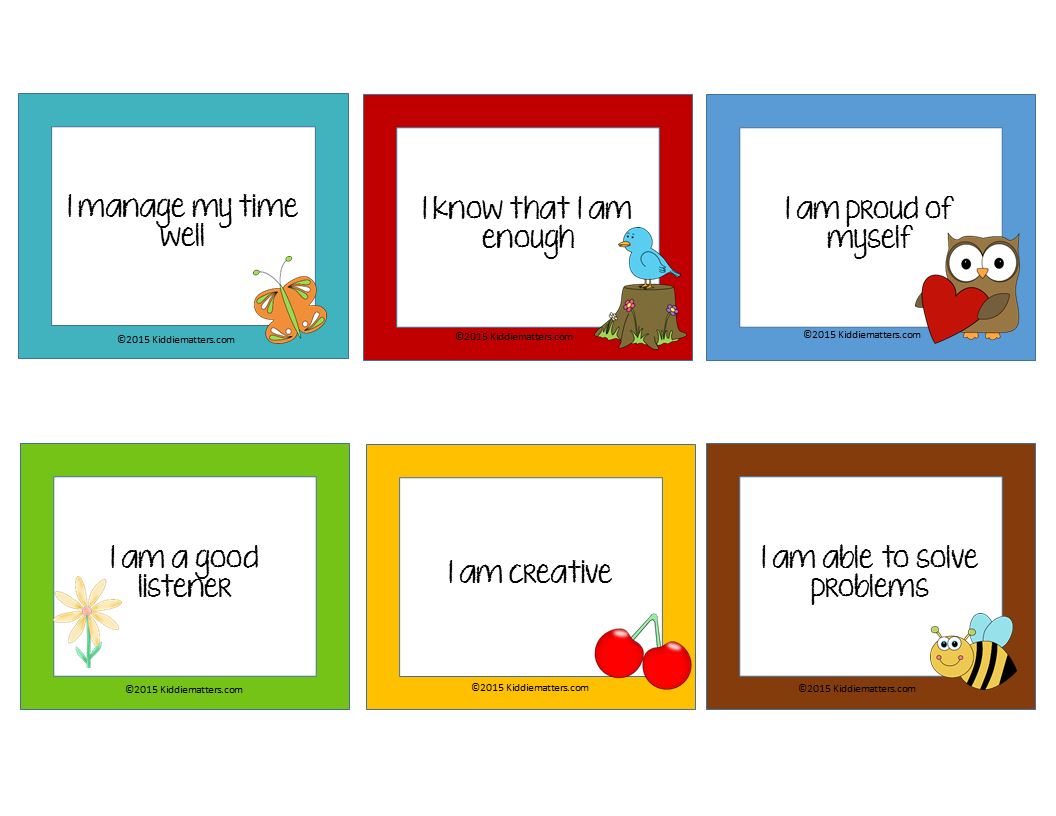7 Helpful School Social Work Hacks That Will Save Time And Energize You
It’s midday and I’m finally settling into a heart-to-heart session with one of my students when suddenly, another crisis pulls me away. It’s the third disruption of the day, and each missed appointment feels like a crack in the trust I’ve worked so hard to establish.
If you’re a school social worker juggling countless responsibilities while striving to make a difference, you’re not alone. The overwhelm is real, and the struggle to balance it all can be exhausting.
After missing several appointments with students, I made a conscious effort to seek out a solution for the overwhelming workload that consumed me. It took perseverance and experimentation, but I eventually found a set of strategies that changed how I approached my responsibilities. These methods not only helped me streamline my workload and alleviate stress, but they also gave me time to nurture genuine connections with my students. More importantly, I was able to change my mindset and let go of the limiting belief that I had to do it all in order to be a good social worker.
Bonus: As a bonus for joining my weekly newsletter, get the time blocking School Social Work Task Planner to help simplify your workload!

The Problem with Trying To Do It All
Your genuine concern for your students’ well-being can drive an unyielding determination to go above and beyond. You willingly sacrifice personal time, resources, and sleep in order to meet the needs of the children and families you serve.
However, despite this dedication, the reality is that the demands of school social work is often too heavy a load to carry. With limited resources, both in terms of time and staff, the pressure to tackle every challenge can be immense. Afterall, in our profession, the stakes are high and the impact is long-lasting. This drives many of us to take on more than we can handle.
That was me. I tried to be everything to everybody and failed miserably. What I learned is that while our commitment to making a positive impact in children’s lives is commendable, it’s crucial to recognize the limitations of our time and resources. Attempting to take on every task can quickly lead to overwhelm and burnout.
This Could Be The Most Important Decision You Make
Since doing it all isn’t an option, it’s important that you learn to set realistic expectations for yourself. Setting realistic expectations serves as a crucial safeguard against burnout. It helps you to maintain the quality of your work, a regular self-care routine, and your version of work-life balance.
By acknowledging your limitations and focusing on manageable workloads, you ensure that you have the energy and resilience needed to help students and have a positive impact on their lives. Setting realistic expectations not only benefits your well-being, but it also enhances the quality of support you provide to the children and families you serve.
7 Helpful School Social Work Hacks to Simplify Your Workload and Avoid Burnout
Discovering methods to streamline your workload enables you to be more productive while still holding realistic expectations for yourself. Here are a few hacks and strategies to help you navigate your workload more efficiently, so you can focus your energy on activities that make the most significant difference in your students’ lives.
- Clarify your role and responsibilities. The mantra for many school social workers is, “I do a little bit of this, and a little bit of that.” It’s a catchphrase we’ve adopted, but it’s also a recipe for burnout. Defining your role as a school social worker establishes clear expectations, helps avoid misunderstandings with other staff, and enhances collaboration among educators, parents, and community partners. This clarity also contributes to the effective delivery of social and emotional services to students.
Working with administration to outline your role in black and white becomes your shield against trying to do it all. It’s not just about setting boundaries; it’s about preserving your passion for making a difference in the lives of the children you serve. - Streamline Documentation. Having a streamlined documentation process helps you spend your time more efficiently, which will allow you to focus on direct student support rather than spending excessive time on paperwork. One way to streamline documentation is to create standardized templates for common documentation needs such as assessment forms, progress reports, and behavior plans. You can create these templates using Google Workspace.
For instance, you can use Google Docs for collaborative writing, Google Sheets for data tracking, and Google Drive for cloud-based storage. Microsoft 365 is another option to streamline documentation. Microsoft Word, Excel, and OneNote can be utilized for documentation and note-taking. Microsoft Teams provides a platform for communication and collaboration. - Master Time Blocking. Time blocking is a productivity technique where you allocate specific blocks of time to different tasks or activities. By setting aside specific time slots for tasks like counseling sessions, administrative tasks, meetings, lesson planning, you can better organize your schedule. Time blocking prevents burnout, especially when juggling responsibilities across multiple school buildings. It gives you a structured routine that boosts productivity and ensures important tasks get done.
Here’s a time block example for school social workers:

Grab Your Free School Social Work Task Planner and Daily Time Blocking Template!
4. Utilize Technology for Communication: Use digital tools to make communication with students and parents easier. Create a central platform for updates, announcements, and scheduling meetings to reduce unnecessary back-and-forth so you can stay connected effortlessly. Below are examples of tools you can use to create a central platform for communication with teachers and parents:
- Online Learning Management Systems (LMS): Platforms like Google Classroom, Moodle, and Canvas provide a hub for communication through features like announcements, discussion forums, and scheduling.
- School Communication Apps: Use apps such as Remind or ClassDojo to send updates, share important information, and communicate directly with both students and parents in a streamlined way.
- Email Newsletters: Establish a regular email newsletter to share updates, upcoming events, and relevant information with the school community.
- Shared Google Workspace: Create a shared Google Drive or Workspace where you can store and collaborate on documents, spreadsheets, and calendars.
- Virtual Meeting Platforms: Use tools like Zoom, Microsoft Teams, or Google Meet for virtual meetings. Schedule regular check-ins, parent-teacher conferences, or support sessions through these platforms.
- School Website or Intranet: Ensure that your school’s website or intranet has a dedicated section for social work updates, resources, and announcements.
- Social Media Groups: Establish private or closed social media groups on platforms like Facebook or Slack for school-related communication. Share updates and facilitate discussions within these dedicated groups.
- Create a Resource Hub: Develop a comprehensive resource hub containing information on local community services, support groups, and relevant materials. This centralized hub of information can be a go-to reference for you and a valuable asset for students and their families seeking additional assistance.
5. Prioritize Self-Care: Recognize the importance of self-care in maintaining your effectiveness as a school social worker. Establish boundaries, take breaks, and prioritize activities that recharge your energy. A well-rested and balanced social worker is better equipped to support the social-emotional well-being of students. Here are some quick and practical ways you can practice self-care:
- Reflective Journaling: Spend a few minutes each day reflecting on positive aspects or achievements to foster a positive mindset.
- Mindful Breaks: Take short, mindful breaks during the day to recharge, such as deep breathing exercises or a quick walk.
- Delegate Tasks: If possible, delegate some tasks to lighten your workload and create more space for self-care.
- Connect with Peers: Share experiences and support with colleagues to create a sense of community and understanding.
- Hobbies and Interests: Dedicate time to activities you enjoy outside of work to maintain a healthy work-life balance.
- Technology Detox: Designate specific times to disconnect from work-related emails and messages, allowing time for relaxation.
Remember, self-care is an ongoing process, and finding a balance that works for you is essential.
6. Implement Mindfulness Techniques: Integrate mindfulness practices into your routine to manage stress and promote a positive mindset. Simple exercises like deep breathing or quick mindfulness breaks can make a substantial difference in maintaining your emotional well-being as you juggle a demanding workload. Here are some quick and effective mindfulness exercises that you can experiment worth during your day:
- Two-Minute Breathing Break: Take a moment to step away from your desk. Close your eyes and take deep, intentional breaths for two minutes. Focus on the sensation of your breath entering and leaving your body. This simple exercise can bring a sense of calm and clarity.
- Sensory Awareness Check (54321): Pause for a minute and engage your senses. Notice five things you can see, four things you can touch, three things you can hear, two things you can smell, and one thing you can taste. Practicing the sensory awareness check-in helps bring your attention to the present moment.
- Mindful Walking: Turn a short hallway stroll into a mindfulness exercise. Pay attention to each step, feeling the connection between your feet and the floor. Notice the subtle movements in your body as you walk. This can help bring a sense of presence to even the busiest days.
- Gratitude Journaling: Keep a small journal on your desk and jot down three things you’re grateful for each day. It could be a positive interaction with a student, a supportive colleague, or even a moment of personal accomplishment. Reflecting on these moments fosters a positive mindset.
- Desk Mindfulness: Check in with each part of your body, releasing tension as you go. This can be done in just a few minutes and provides a mini-reset for your mind and body. Here’s a desk mindfulness script you can experiment with:
Sit comfortably with your feet flat on the floor and hands resting on your lap or the desk.
Close your eyes or lower your gaze. Inhale deeply through your nose, exhale slowly through your mouth. Repeat for a few breaths.
Scan your body from toes to head. Release tension with each exhale, focusing on relaxation.
Notice the sensations around you – the feeling of your feet on the ground, the weight of your body on the chair.
Think of one thing you’re grateful for today. Hold that positive thought for a moment.
Take a final deep breath, exhaling any remaining stress. Gently open your eyes
- Take 5 or 10. You can do this mindfulness exercise anywhere and it’s great for kids and adults! Watch the video below and give the exercise a try!
7. Collaborate with Colleagues: Foster a supportive network with other school professionals. Collaborate on shared goals, discuss challenges, and exchange ideas to collectively enhance the impact of your efforts. This collaboration not only lightens individual workloads but also contributes to a more cohesive school community.
Want More?
For more ideas on how to simplify your workload, check out How To Empower Kids With The Emotional Skills They Need To Be Amazing Students
Your Turn
What are some tips and tricks you have in your toolbox to get work done efficiently and keep stress at bay? Write it in a comment below!
Yanique Chambers, Licensed Clinical Social Worker
Hi! I’m Yanique. I’m a Licensed Clinical Social Worker and former school social worker. I believe that you can make a difference in the emotional well-being of the students’ you serve and still make time for self-care. The good news, all you need is 10 minutes a day! All you need is 10 minutes a day! Start here >>








